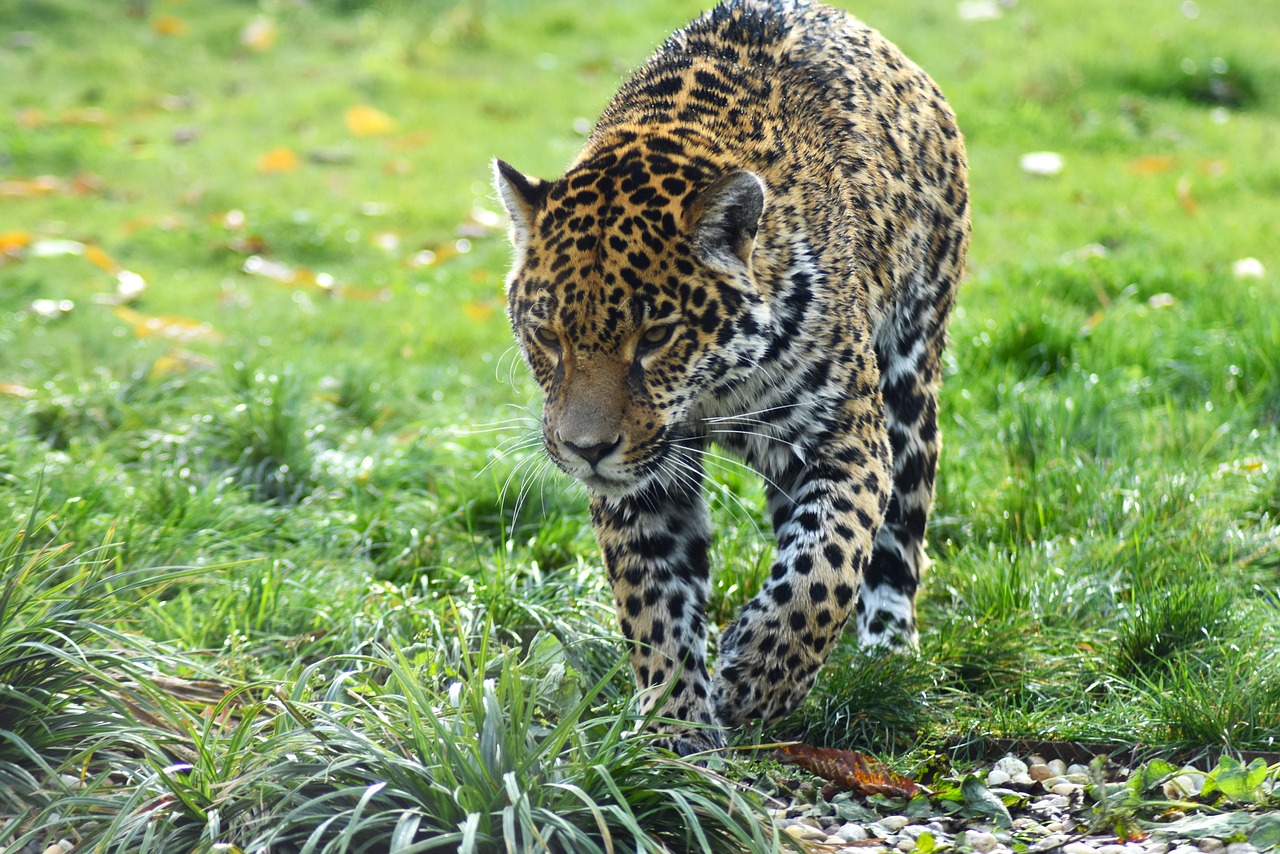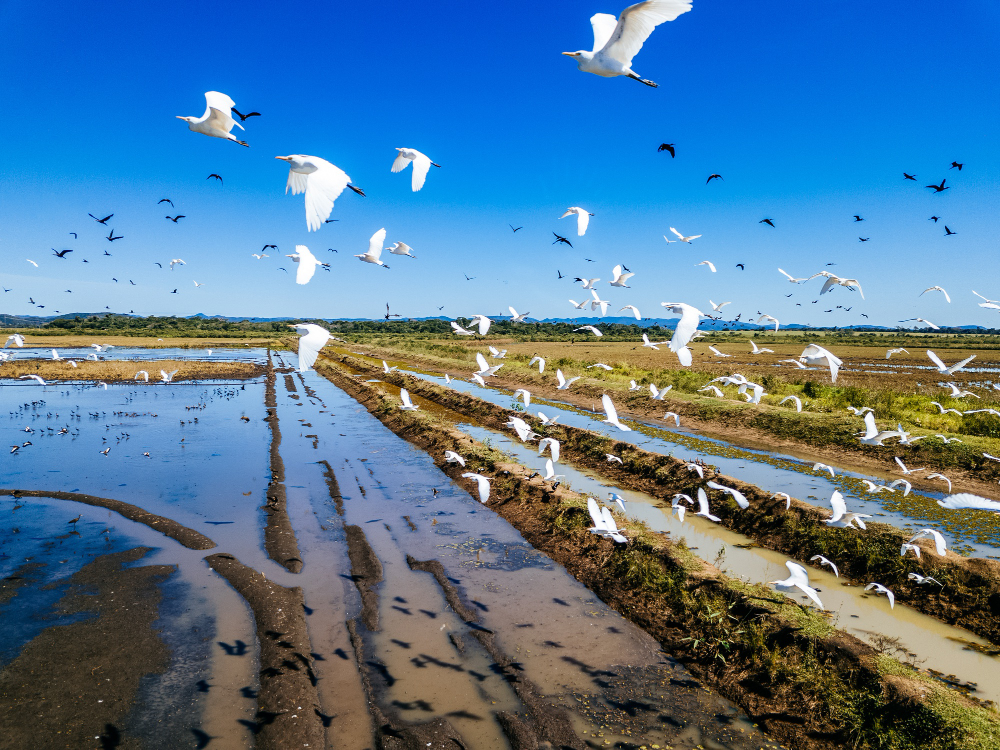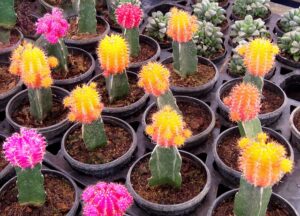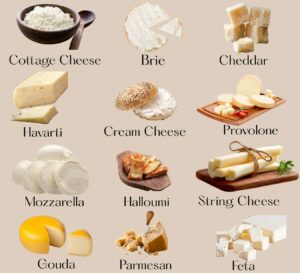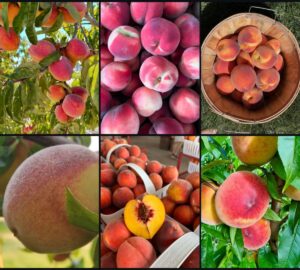People used to think farming meant growing crops or raising animals. But now, a silent revolution is changing the game. Pearl farming is turning ordinary farmers into high earners, and most people have no idea it’s happening. Instead of depending on unpredictable weather or market prices, these farmers are cultivating pearls in small water bodies and making lakhs per year.
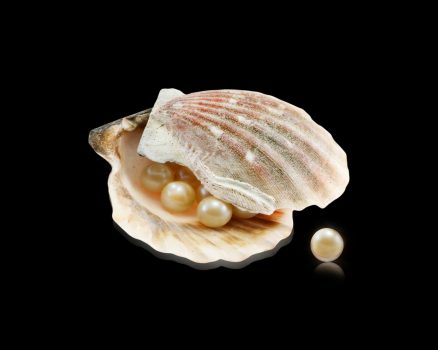 Pin
Pin Image by Briam Cute from Pixabay
The best part? It doesn’t need acres of land or heavy machinery. A single pond is enough to get started. Farmers who once struggled to earn a decent living are now getting premium prices for pearls that are used in jewelry, cosmetics, and even medicine. The demand is huge, and the profits are mind-blowing.
Many farmers who took the risk are now sharing their success stories. They started with small investments and, within a few years, saw their incomes skyrocket. Pearl farming isn’t just another trend—it’s a life-changing opportunity.
Table of Contents
What Makes Pearl Farming So Profitable?
 Pin
Pin Not all farming gives high returns, but pearl farming is different. It’s one of those rare businesses where the input cost is low, but the profits can be massive. A single high-quality pearl can sell for thousands of rupees, and a farmer can cultivate hundreds of them in just one cycle. That’s why so many are switching to it.
One big reason for its profitability is the rising demand. Pearls aren’t just used in jewelry anymore. They are now part of luxury cosmetics, traditional medicine, and even high-end fashion. With the global market booming, Indian farmers are cashing in.
Another factor? The running costs are surprisingly low. Unlike crops that need fertilizers and pesticides or livestock that need daily feeding, pearl oysters mainly take care of themselves. With proper care and the right water conditions, they grow naturally, making it an ideal business for those who want steady income without constant effort.
How Farmers Are Getting Started with Pearl Farming
Getting into pearl farming isn’t as complicated as it sounds. Many farmers start with a small pond or even use existing water bodies. The process begins with getting good-quality oysters, which are then implanted with a nucleus—a tiny object around which the pearl will form.
The best part? It doesn’t require constant attention. Farmers only need to maintain clean water and check for infections. The oysters do the rest. In about 12 to 18 months, the pearls are ready for harvest.
Training programs and government schemes are also making it easier for farmers to start. Many organizations offer guidance on everything from selecting the right oysters to selling the final product. Some farmers even collaborate with jewelers directly, cutting out middlemen and making bigger profits.
Once they see their first successful harvest, most never look back. The returns are so good that many expand their operations, turning a small side business into a full-time income source.
The Investment vs. Returns: Is Pearl Farming Really Worth It?
One of the biggest concerns for new farmers is the investment. But here’s the reality—pearl farming requires far less money compared to traditional farming. Setting up a basic pearl farm with a small pond can cost around ₹50,000 to ₹1,00,000, including oysters, training, and maintenance.
Now, let’s talk returns. A single oyster can produce a pearl worth ₹500 to ₹5,000, depending on its quality. A farmer cultivating 5,000 oysters can easily make ₹10-15 lakh in a year. And that’s just the beginning. Those who refine their techniques and focus on premium pearls can earn even more.
Unlike seasonal crops, pearl farming provides a stable income. There’s no risk of crop failure due to drought or pests. Once the setup is done, the maintenance costs are minimal, making it a low-risk, high-reward venture.
For many, the numbers speak for themselves. Pearl farming isn’t just worth it—it’s a goldmine waiting to be tapped.
Farmers Who Turned Their Lives Around with Pearls
Across India, farmers who once struggled with traditional agriculture are now earning lakhs through pearl farming. Take the case of a farmer from Bihar, who started with just 2,000 oysters. Within two years, his earnings crossed ₹20 lakh. His secret? He focused on high-quality pearls and built direct ties with buyers.
Another inspiring story comes from a small village in Maharashtra, where a farmer, tired of inconsistent crop yields, converted his fish pond into a pearl farm. He started small but soon expanded as he realized the potential. Now, he’s making more money in one harvest than he did in years of growing crops.
The best part about these success stories is that most of these farmers had zero prior experience. They took the risk, followed the right techniques, and are now reaping the rewards. Their stories are proof that pearl farming isn’t just a dream—it’s a real, life-changing opportunity.
Government Support and Training Programs Boosting Pearl Farming
The Indian government recognizes the potential of pearl farming and offers various support schemes to encourage farmers. Under the Pradhan Mantri Matsya Sampada Yojana (PMMSY), financial assistance is provided for bivalve cultivation, including pearl culture. This initiative aims to promote sustainable aquaculture practices and enhance farmers’ incomes.
Training is crucial for success in pearl farming. Institutions like the Central Institute of Freshwater Aquaculture (CIFA) offer specialized programs to equip farmers with the necessary skills. For instance, CIFA conducts an 8-day National Training on Freshwater Pearl Culture for Entrepreneurship Development, covering essential aspects from oyster selection to pearl harvesting.
Additionally, organizations such as the SMILE Society provide training camps focused on freshwater pearl farming. These programs are designed for beginners and small-scale farmers, offering hands-on experience and guidance to ensure successful ventures.
With government subsidies and accessible training programs, farmers are well-supported to embark on profitable pearl farming journeys.
Challenges in Pearl Farming: What Farmers Need to Know
While pearl farming offers lucrative opportunities, it’s not without its challenges. One significant hurdle is the initial investment. Setting up a pearl farm requires capital for infrastructure, quality mussels, and training. For small-scale farmers, this can be a substantial financial burden.
Another challenge is the technical expertise needed. Pearl cultivation isn’t as simple as traditional farming; it involves surgical implantation of nuclei into mussels, requiring precision and skill. Without proper training, the success rate can be low, leading to potential losses.
Environmental factors also play a crucial role. Water quality must be meticulously maintained, as pollution or sudden changes in temperature can adversely affect mussel health and pearl quality. Additionally, climate change poses a threat, with rising temperatures impacting oyster survival rates.
Market competition is another aspect to consider. With the global pearl market projected to grow significantly, more players are entering the field, leading to increased competition. Farmers need to ensure their pearls meet high-quality standards to stand out in the market.
Despite these challenges, with proper planning, training, and adherence to best practices, farmers can navigate the complexities of pearl farming and achieve substantial profits.
Market Demand: Why Pearls Are the Next Big Thing
The global pearl market is experiencing a significant surge, with projections indicating substantial growth in the coming years. In 2024, pearl farming has emerged as one of the most profitable ventures, driven by the rapidly increasing demand for pearls. The pearl jewelry market alone is expected to reach a valuation of USD 34.16 billion by 2033.
India, with its rich history in pearl cultivation, is capitalizing on this trend. In 2022, the country exported pearls worth $3.79 million, positioning itself as the 19th largest pearl exporter globally. This growth is not just limited to traditional markets; there’s a burgeoning interest in pearls across various sectors, including fashion, cosmetics, and alternative medicine.
The versatility of pearls, combined with their timeless appeal, has led to their integration into contemporary designs and products. As consumers increasingly seek sustainable and unique luxury items, pearls offer a natural and eco-friendly option. This shift in consumer preference is further boosting the demand, making pearl farming a lucrative endeavor for those looking to diversify their agricultural practices.
Innovations and Future Prospects in Pearl Farming
Pearl farming in India is undergoing a transformation, thanks to technological advancements and sustainable practices. Modern techniques, such as the surgical implantation of nuclei into oysters, have significantly increased the yield and quality of cultured pearls. This method involves inserting a small bead into the oyster, prompting it to produce a pearl with desired characteristics. Such innovations have made pearl cultivation more predictable and profitable.
Sustainability is also at the forefront of this industry. With growing environmental concerns, farmers are adopting eco-friendly practices to ensure minimal impact on aquatic ecosystems. This includes regular monitoring of water quality, responsible sourcing of oyster spat, and implementing measures to prevent overharvesting. These efforts not only protect the environment but also enhance the reputation of Indian pearls in global markets.
Looking ahead, the future of pearl farming in India appears promising. The global demand for pearls is on the rise, driven by their timeless appeal and increasing use in jewelry and fashion. India’s rich tradition in pearl cultivation, combined with modern techniques, positions it well to meet this demand. Entrepreneurs entering this field can expect a lucrative venture, provided they stay abreast of technological developments and maintain sustainable practices.
How to Get Started: Training and Resources for Aspiring Pearl Farmers
Embarking on a pearl farming venture requires proper training and resources to ensure success. In India, several institutes offer specialized programs to equip farmers with the necessary skills.
- Central Marine Fisheries Research Institute (CMFRI): CMFRI pioneered freshwater pearl culture training in India. They offer programs under various state government sponsorships, aiming to disseminate technical know-how to end-users. Their courses cover essential aspects of pearl farming, from oyster selection to harvesting techniques.
- Freshwater Pearl Culture Training & Research Center, Jaipur: This center provides hands-on training for beginners and small-scale farmers. Their programs focus on practical skills, ensuring participants can start their pearl farming ventures confidently.
- SMILE Society, Kolkata: A voluntary organization dedicated to uplifting underprivileged farmers, SMILE Society offers training programs tailored for those with limited resources. Their mission is to elevate India’s pearl industry by empowering farmers with the necessary skills and knowledge.
- Central Institute of Freshwater Aquaculture (CIFA): Operating under the Indian Council of Agricultural Research, CIFA offers national training on freshwater pearl culture. Their programs are designed to develop entrepreneurial skills among small and marginal farmers, covering topics like pond preparation, oyster implantation, and post-harvest management.
Before enrolling, it’s essential to research and select a program that aligns with your goals. Proper training not only imparts technical skills but also provides insights into market dynamics, helping farmers make informed decisions.
In addition to formal training, connecting with experienced pearl farmers can offer valuable practical insights. Engaging with local agricultural communities or online forums can provide support and share experiences, further enhancing your understanding of the industry.
Starting a pearl farming venture is a promising opportunity, but success hinges on acquiring the right knowledge and resources. With dedication and proper training, farmers can tap into this lucrative industry and transform their livelihoods.





